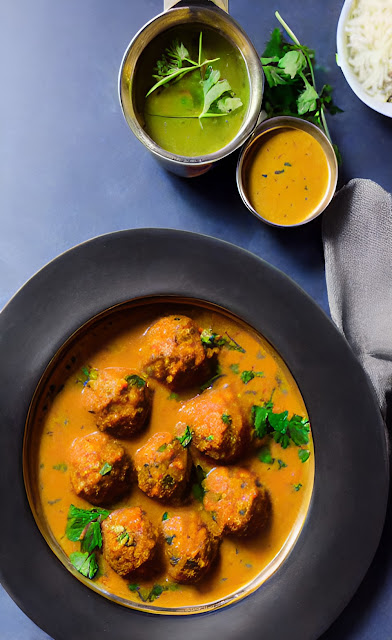Rice bread
Celiac disease is an autoimmune disease that damages the small intestine by reaction to the presence of gluten in certain cereals.
Gluten is the protein responsible for giving bread or bakery products a fluffy texture. Without it, it would be impossible for the dough to expand due to the gas released by the yeast when consuming the sugars from the cereals.
Fortunately, many cereals are gluten-free, including rice, quinoa (actually a pseudo-cereal), corn, buckwheat, amaranth, and sorghum. Irrigated cereals are actually gluten-free. On the other hand, all the rainfed ones have it.
Gluten has little nutritional value since it provides few essential amino acids. If we add to this that vegetables, fruits, fish, meat or legumes do not have gluten, it would seem easy to do without it just by avoiding wheat, rye, barley and oats and their derivatives that do contain it. Well, that's not so easy.
First of all there are many gluten "contaminated" foods. It is enough that the machinery with which rice is milled to obtain flour has previously been used to grind grains of wheat or barley. This contamination, however residual it may seem, is enough to affect those who suffer from celiac disease.
If you want to print the "gluten-free" seal on a food product, you must follow a very strict control of the entire manufacturing process and this makes the product more expensive. In fact, being celiac implies increasing spending on food purchases by 30%, at least. The best way to avoid the extra cost and make sure that gluten is not ingested is to eliminate both the rainfed cereals already mentioned above and the processed products from the diet. Nothing of buy bread, pasta or any other product that requires prior preparation.
Rice or corn flour can be used to make bread suitable for coeliacs. With the first one, it is possible to make bread quickly and easily, although it should be noted that as it does not have gluten, it does not remain spongy (the crumb is similar to sliced bread but more compact).
The problem is that if you buy rice flour suitable for coeliacs, the price will skyrocket. To avoid this, it is best to buy a very powerful grinder, capable of reducing the grain of rice to the category of flour. Some models of glass blender are capable of crushing ice and for the same reason they can also turn rice grains into flour. If I'm not mistaken, the Thermomix is also capable of doing it. It is important to start grinding the grains at a low speed to gradually increase it till get the flour.
INGREDIENTS
- 500 grams (3 cups) of rice flour
- 1 liter (5 cups) of water
- 30 grams (1 tbsp+ half) of fresh yeast
- Half a teaspoon (about 3 grams) of salt
- A teaspoon of sugar (5 grams)
First we heat a cup of water (200 ml) so that it is warm. We dissolve the sugar in it. We crumble the yeast and put it in the water, leaving it for a few minutes. In this way the yeast will begin to act.
While we pour the rice flour into a bowl and pour over it the rest of the water that we will also have heated so that it is warm. We stir well by introducing the pinch of salt. Once the dough is well homogeneous, add the glass of water with the yeast and mix thoroughly.
Next, we leave the bowl in a somewhat dark area of the kitchen, covering it with a cloth. We leave an hour after which the dough will have risen twice.
We pour the dough into a rectangular mold that can be baked. We preheat it to 220 degrees (428 f) and let it cook for 45 minutes. The exterior will be golden and the interior compact but soft.
Of course, both celiacs and non-celiacs like this bread.




Comments